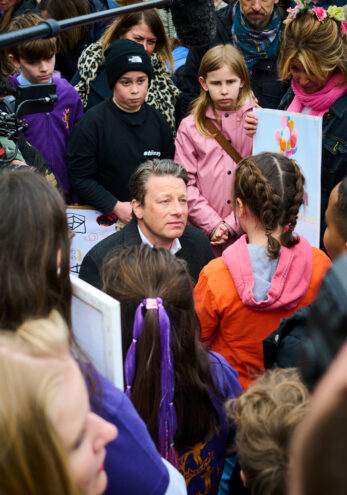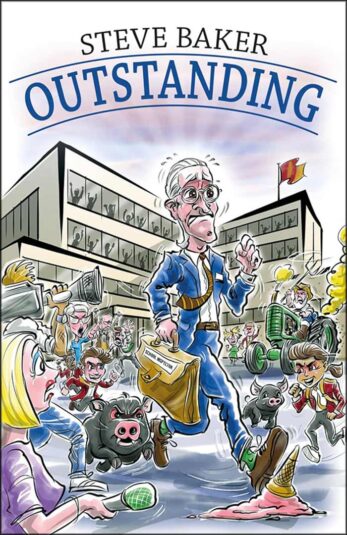Publisher
John Catt
ISBN 10
1398340065
Published
5 May 2023
Perhaps I’m judging by my own standards here, but I think a big mistake you could make with this book is to try to ‘get into it’. You can’t, because it hasn’t really been designed to be readable as such. It’s more of a source of reference material and ideas.
These are important points to make because most books on creative writing tend to be less technical, at least in appearance, than ‘Sentence models’. For example, opening a page at random I come across this:
Using the settings to show feelings.
We can use the setting that we place our characters in to show their emotions or to create feelings for our reader.
SETTING + FEELING
The tall trees made her feel small.
Clearly, this is no Stephen King or Kurt Vonnegut writing manual. Faced with this kind of stuff on double-page spreads, it looks more like a maths book than a creative writing one.
None of which I say to put you off considering the book, but adjust your expectations. Analysing writing to find out how it produces the effect it does is usually hard work, not least because it can be so amorphous. What you regard as a marvellous oxymoron might seem to me to be an unfortunate juxtaposition. What Youles has done is attempt to avoid this kind of vagueness by reducing sentences down to their underlying structures.
For example, the sentence ‘Ira stormed into the room’ uses the structure Who? + Weather Verb.
This is all very well, but it raises the question of how best to use the book. The author himself has three approaches. One is to highlight interesting techniques in the book he is reading with his class and to encourage pupils to keep a journal of sentences they encounter. Another is to write model texts into which he inserts sentences from his list, and then discuss how and why he has used them. And finally, he teaches his students a sentence structure and then gets the class to play around with it, trying out different words and syntax.
Don’t expect it to improve your subject knowledge or revolutionise your pedagogy
This last approach seems potentially problematic to me. Regarding the parts of a sentence as a kind of set of Lego bricks does not strike me as a way to guarantee good writing. When the new computing programme of study was on the horizon in 2014, many teachers were rewriting their schemes of work to meet the new requirements. In a talk at the time, education consultant Niel McLean made the point that no architect ever started work on designing a new building by consulting the building regulations.
I think the same applies here. It could well be useful to look at a piece of writing and attempt to match its structure to one of these sample sentences to see what the writer has done. But starting with the basic structures and building on them? I’m not convinced.
There are a few other irritating things, not least of which is Youles’s use of ‘pouring through’ when presumably what he intended was ‘poring over’. This would be bad enough in any book, but in a book for English teachers?
Elsewhere, he writes that “a budding writer needs to master the short sentence first”. But why? You can’t state something like that as fact and provide no explanation or evidence for it.
At one point, he presents a sentence and then declares how many of the words are verbs, based on an average result gleaned from asking on Twitter. This seems a rather dubious practice, unless it was to highlight that not everyone knows what a verb looks like. My own list differed slightly from his, and I think I discovered why a few pages later.
Sentence models does have some very good features. In particular, I think the section on how word order can affect the pace of a sentence is excellent. Used as a dictionary or almanac for this kind of reference work, I can see how a teacher might find useful stimuli for the odd classroom activity.
But don’t expect it to improve your subject knowledge or revolutionise your pedagogy. For that, you’ll have to look elsewhere.













Your thoughts